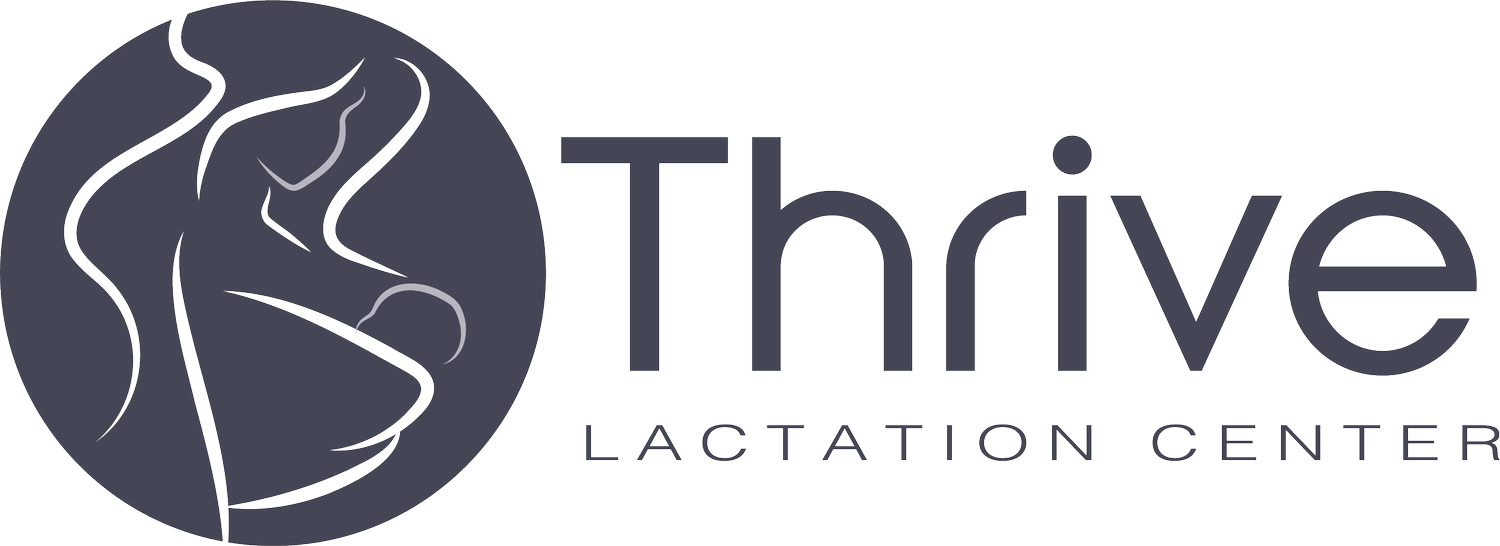What Changes Happen To A Woman’s Breasts After Breastfeeding Ends?
Breastfeeding is an incredible experience for mothers and babies alike. It can create a special bond and provide numerous health benefits for both. However, once breastfeeding comes to an end, many women wonder what will happen to their breasts. Here are some common changes that can occur after breastfeeding:
Size Changes: Breast size can change throughout pregnancy and breastfeeding due to the production of milk. After breastfeeding, it is common for breasts to decrease in size as they return to their pre-pregnancy state. Some women may experience a loss of breast volume or sagging due to the stretching of skin and tissue during pregnancy and breastfeeding.
Nipple Changes: Breastfeeding can cause nipples to become larger and more sensitive due to frequent stimulation. After breastfeeding, nipples may return to their pre-pregnancy size, but they may be less sensitive or appear stretched out.
Texture Changes: During breastfeeding, breasts can become engorged and swollen, causing the skin to stretch and potentially lead to stretch marks. Once breastfeeding ends, the skin may tighten and smooth out, but stretch marks and other skin changes may remain.
Hormonal Changes: Breastfeeding can cause hormonal changes in the body, which can impact breast tissue. Once breastfeeding ends, hormone levels may change again, potentially affecting breast tissue and overall breast health.
It's important to remember that every woman's experience is unique, and there is no right or wrong way for breasts to look or feel after breastfeeding. Breast changes after nursing or pumping are a natural part of the process. While some changes may occur, they do not necessarily indicate a problem with breast health. If you have concerns about breast changes or notice any unusual symptoms, it's important to talk to your healthcare provider.
I am a registered nurse in the State of Florida and an International Board Certified Lactation Consultant (IBCLC). The content on this blog page is for informational and educational use only. I have taken reasonable steps to ensure that the information shared is accurate, but I cannot guarantee that it is free from errors. The information shared here does not take the place of a medical provider, nor establishes any kind of client relationship with myself as a registered nurse or a lactation consultant. I am not your IBCLC or RN unless you book a consult with me directly and we establish a patient/caregiver relationship.

